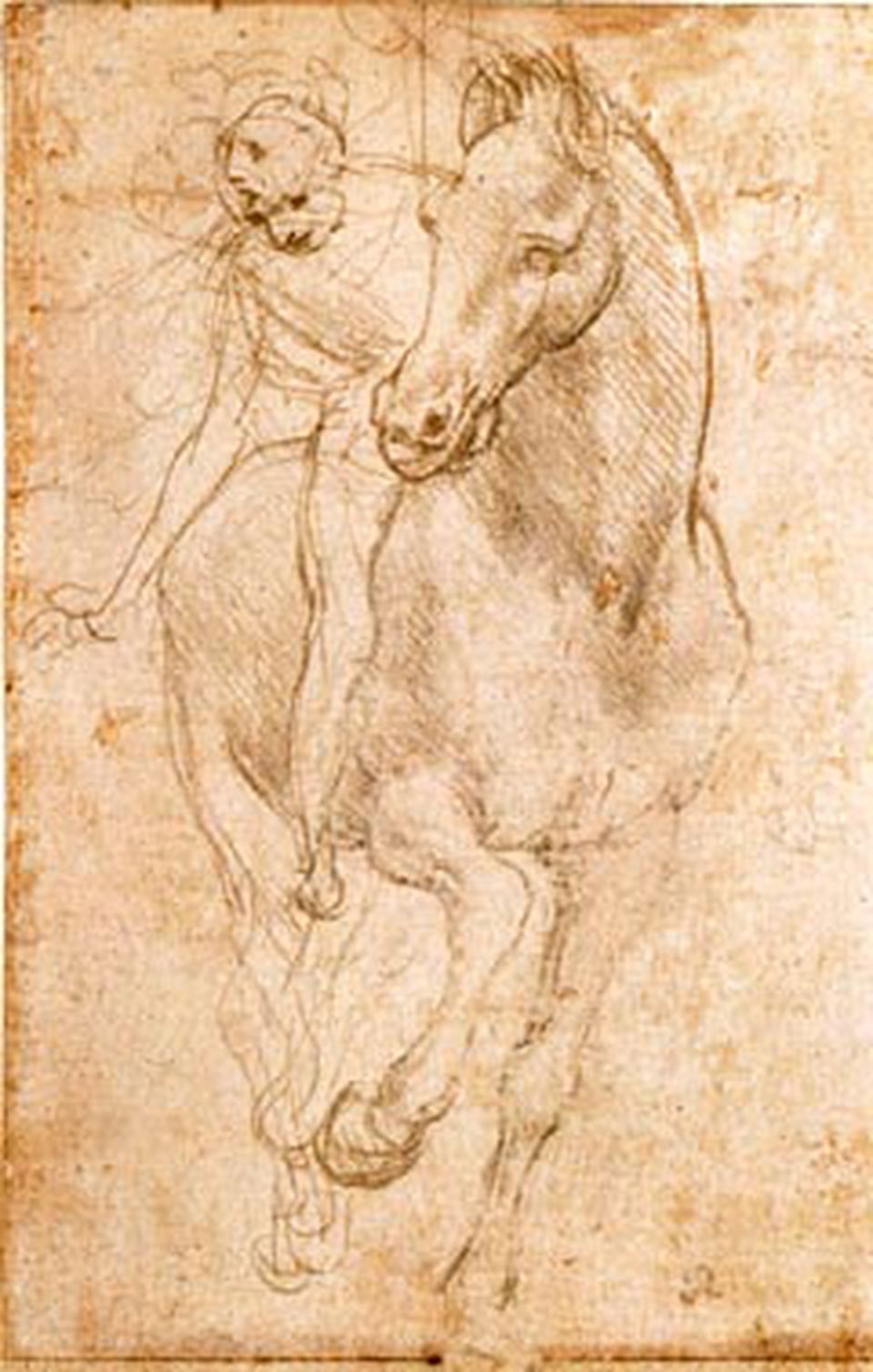The power and influence of images is a huge and fascinating subject, over which countless experts pore. Professor Georges Didi-Huberman, who teaches social sciences at the Paris School of Advanced Studies, specialises in this subject. He claims that images only possess power when they are being used, and since their juxtaposition to something else inevitably alters them each time, all is relative. Carrying on this line of logic, he asserts that art history has been too lineal and monolithic (and he will be advising a fresh presentation of the art at the Reina Sofia Contemporary Art Museum in Madrid in keeping with this thesis).
Instead of art becoming ossified, he asserts that we should all draw on our past to create our present, like Picasso always remembering El Greco or Malevich being nourished by Russian icons. Interestingly, Didi-Huberman, in a long article in El Pais (http://www.elpais.com/) of June 2nd, 2009, talks of expecting very little from contemporary art, since it is predicated on money-making and networking in galleries and the art market, an "academic system". He contrasts it to the world of flamenco, where an enthusiast expects a great deal - "at a minimum, that flamenco talks of life and death."
Kazimir Malevich - Black Cross, 1915, Oil on canvas, 80 x 80 cm, Russian State Museum, St. Petersburg, Russia
That art should ideally talk of passion and "life and death" goes back to my belief that in as many instances as one can manage, an artist should listen to his or her inner voice and be true to it. It is not always possible, of course, but when passion has driven the creation of an artwork, people know it. And they respond to it, even if they don't really know why. Things can go in and out of fashion, but good art rings "true". Dean Valentino, a television executive in Los Angles, was being interviewed in January 2009 in Art + Auction magazine and talked of today being a "time of connoisseurship" where every piece of art created needed to "justify itself" to art that had been created previously, in the same way as Didi-Huberman described Picasso, for instance, drawing on the heritage of El Greco.
Another expert art dealer, New Yorker Jack Gilgore, specialising in Dutch, Flemish and 19th century French paintings, put it more succinctly in a June interview in Art + Auction, (http://www.artinfo.com/artandauction/) : "Art is a form of communication and the pictures must have a soul. They have to have something special. You know it when you see it."
How to create an image of integrity, passion and power? That is the eternal challenge and goal for each of us artists!














